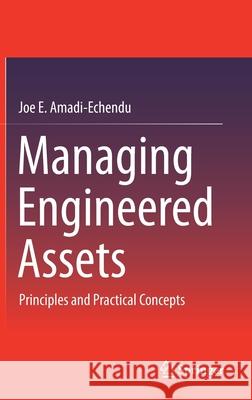Managing Engineered Assets: Principles and Practical Concepts » książka
topmenu
Managing Engineered Assets: Principles and Practical Concepts
ISBN-13: 9783030760502 / Angielski / Twarda / 2021 / 128 str.
Kategorie:
Kategorie BISAC:
Wydawca:
Springer
Język:
Angielski
ISBN-13:
9783030760502
Rok wydania:
2021
Wydanie:
2021
Ilość stron:
128
Waga:
0.39 kg
Wymiary:
23.39 x 15.6 x 0.97
Oprawa:
Twarda
Wolumenów:
01
Dodatkowe informacje:
Wydanie ilustrowane











